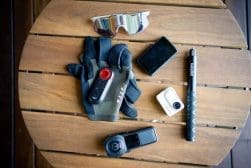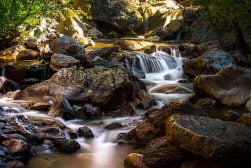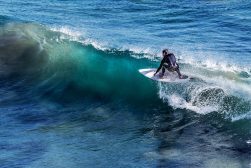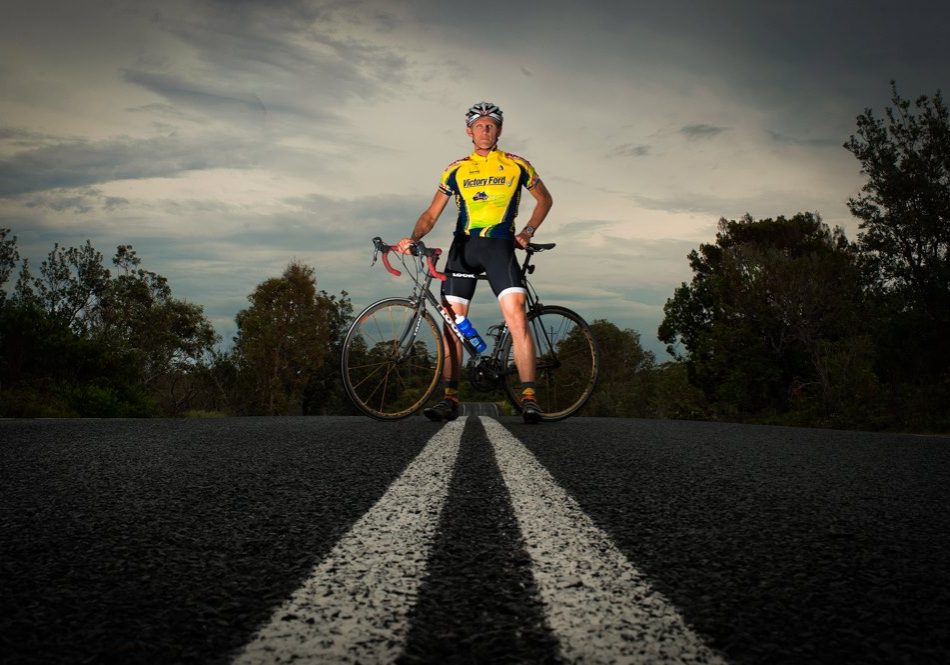
Mastering Cycling Photography: Tips, Ideas & Settings
Dive into this comprehensive guide on cycling photography, packed with expert tips, creative ideas, and optimal camera settings to capture your best shots ever.
Learn | By Dana Dekis
If you’re looking for the best cycling photography tips, ideas & settings, I’m here to help!
In this guide, I’ll cover the ins and outs of good cycling photography in terms of gear, settings, and more.
By the end of it, you’ll know how to capture creative photos of people on bikes, with photography tips that carry over to other forms of sports photography.
If you’re a fan of cycling as well as photographing it, don’t miss our article on the best bike camera for cyclists.
Let’s get started.
Table of Contents
What Are the Best Camera Settings for Cycling Photography?
Adjusting your camera settings accordingly is crucial in getting great pictures of bikes in action, so let’s dive into a few specific setting recommendations for cycling photography:
- Shutter Speed:
- Freezing the Action: If you want to freeze the cyclist in motion, use a fast shutter speed. Something like 1/1000s or faster should do the trick.
- Panning: To create a sense of speed and motion, use a slower shutter speed (e.g., 1/30s to 1/125s) and pan the camera along with the cyclist. This will blur the background while keeping the cyclist relatively sharp.
- Check our guide to the best shutter speed for sports photography for more information on this topic.
- Aperture:
- Isolating the Subject: Use a wide aperture (e.g., f/2.8 or f/4) to get a shallow depth of field. This will help isolate the cyclist from the background.
- Landscape with Cyclists: If you’re capturing a scenic route with cyclists, you might want more in focus. In that case, use a narrower aperture like f/8 or f/11.
- ISO:
- On bright sunny days, keep the ISO low (e.g., ISO 100 or 200) to reduce noise.
- In cloudy conditions or during early morning/late evening rides, you might need to increase the ISO (e.g., ISO 800 or 1600) to get a proper exposure without using a flash.
- Focus Mode:
- Use Continuous Autofocus (often labeled as AF-C or AI Servo) since cyclists are constantly moving.
- Drive Mode:
- Use Burst or Continuous Shooting mode. This allows you to take multiple shots in quick succession, increasing the chances of getting that perfect shot.
- White Balance:
- Adjust based on the lighting conditions. For most outdoor situations, the ‘Daylight’ or ‘Cloudy’ setting should work well.
- Image Stabilization:
- If your lens or camera has image stabilization (IS or VR), turn it on, especially if you’re shooting at slower shutter speeds.
The recommendations above are a great starting point, but as any photographer knows, settings may need to change at a moment’s notice with any given location or scene.
Cycling Photography: Essential Gear
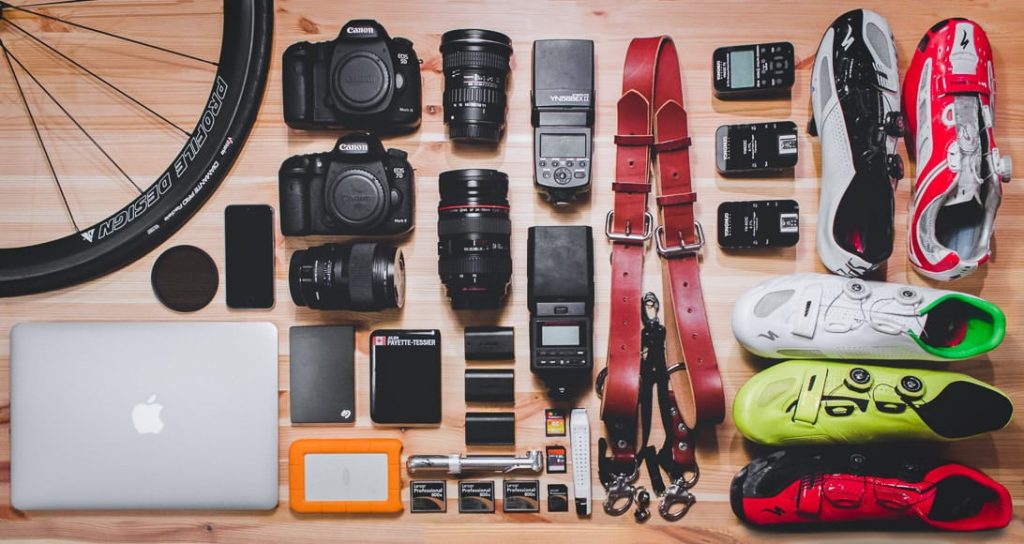
Cycling photography gear of Julien Payette Tessier
There’s really no rush quite like the one you get when shooting in-action events like a cycling race.
The right gear is essential in ensuring you capture the moments that can easily transport viewers to that setting and state of mind.
Let’s discuss the best camera and lens choices for cycling photography.
What is the Best Camera for Cycling Photography?
When it comes to cycling photography, a good camera with fast autofocusing capabilities is non-negotiable.
You’ll also want to look for cameras that have extensive zoom options – whether that means an interchangeable lens camera like most DSLR or mirrorless cameras or a compact camera or bridge camera with a zoom lens.
In terms of sensor size and quality, a full-frame sensor generally offers better image quality and low-light performance, but crop sensors (APS-C) can provide more reach with lenses, which might be useful for distant shots.
If you’re on the move a lot, you’ll also need to consider the weight and size of the camera, which is why we’ve included some compact options below.
Here are some of the best cameras for cycling photography that won’t break the bank:
Nikon: The Nikon Z5 is arguably the best Nikon model for catching different perspectives of cyclists in action. Its autofocusing capabilities with eye detection lock eyes with your subjects to keep them sharp and clear at high shutter speeds (even if they’re wearing cycling glasses), while exceptional picture quality ensures beautiful photographs even in low light.
Canon: The Canon EOS R6 is another excellent choice for bicycle photos. Boasting 4.7 stars on Amazon due to high-speed continuous shooting and a cutting-edge CMOS sensor for superb picture quality, this Canon model has an incredible ability to focus, capturing an incredible 12 shots per second.
Sony: The Sony RX100 VII is the best Sony compact camera for cycling photography, thanks to lightning-fast autofocusing and broad zoom capabilities. Its compact design is lightweight enough to move with you, while its 1.0-type stacked CMOS sensor and superior image processing enhance image quality with rapid speed.
Fujifilm: The FujiFilm X-T30 II is a great budget option for shooting bicycle riders in action. Equipped with an X-Processor 4 quad-core CPU, insanely fast autofocusing can happen in just 0.02 seconds, while its compact design is built to roam with you. If you have a bigger budget, the Fujifilm X-T5 is even better.
What is the Best Lens for Cycling Photography?
Capturing both your main subject and the environment they’re racing in is vital with cycling photography.
For this reason, you’ll typically want a wide-angle lens as well as a telephoto lens.
Here are some of the best types of lenses for cycling photography. Note that they’re all also great lenses for sports photography.
- Telephoto Zoom Lenses (e.g., 70-200mm f/2.8):
- Why: This lens is versatile and allows you to capture close-ups of cyclists from a distance. The wide aperture (f/2.8) ensures fast shutter speeds and a shallow depth of field, isolating the subject from the background.
- Best For: Capturing the intensity and emotion of cyclists, especially in races.
- Standard Zoom Lenses (e.g., 24-70mm f/2.8):
- Why: These lenses are versatile for a range of shots, from wide-angle scenes of the race environment to tighter shots of the action.
- Best For: General event coverage and when you’re closer to the action.
- Wide-angle Lenses (e.g., 14-24mm or 16-35mm):
- Why: These lenses capture a broader scene, making them perfect for scenic backdrops or a group of cyclists. They can also create a dynamic perspective when used up close.
- Best For: Capturing the environment, scenic routes, or the entire peloton.
- Prime Lenses (e.g., 50mm f/1.8 or 85mm f/1.4):
- Why: Prime lenses often have wider apertures, allowing for faster shutter speeds and better performance in low light. They also produce sharp images with beautiful bokeh.
- Best For: Portraits of cyclists, low light conditions, and achieving a shallow depth of field.
- Super-telephoto Lenses (e.g., 300mm f/2.8 or 400mm f/4):
- Why: These lenses allow you to capture action from a significant distance. They’re especially useful for races where you might be stationed far from the track.
- Best For: Distant shots where you can’t get close to the action.
What other Gear is Useful for Cycling Photography?
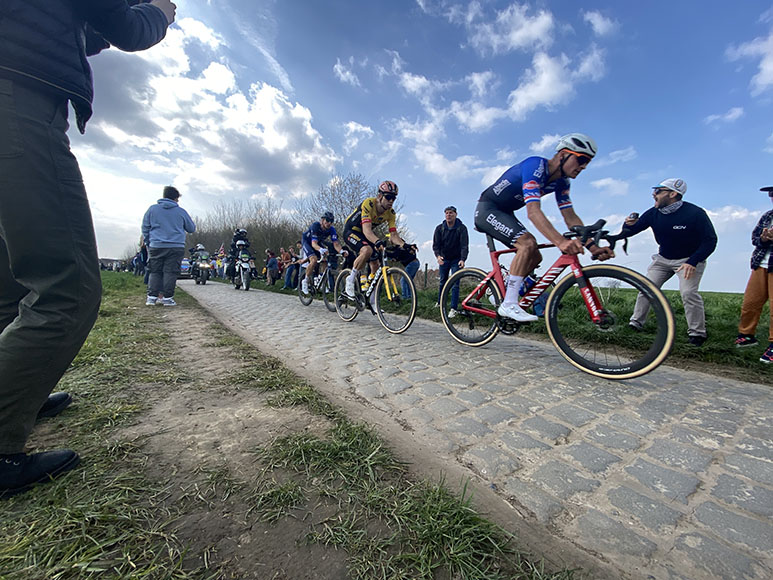
Mathieu Van de Poel leading Secter 7 Cysong during Paris Roubaix | Taken on an iPhone 13 | Danny Staples
While you can do well with just a camera and a lens, having other accessories will elevate your work by providing variety in your cycle shots.
Some of these include:
- Drone – as long as you can transport them, any DJI drone will do the job well for cycling photography. If you intend to film yourself riding, check out the Hover X1 or any ‘follow-me’ drone.
- 360-degree camera – another essential gadget for filming yourself riding a bike. Our current fave is the Insta360 X3. If you’re photographing or filming cyclists, a 360-degree camera is helpful for allowing you to choose an angle of view after you’ve captured the footage.
- Action camera – more useful for filming yourself cycling or for some first-person perspective cycling shots. However, some people do use GoPros for taking photos, or even smartphones, like the image above.
- Circular Polarizer: Helps reduce glare from wet roads or the sun and can enhance the sky and clouds.
- Tripod with a Gimbal Head: Useful for panning shots and stabilizing the camera, especially with heavy telephoto lenses.
- External Flash: Useful for fill light or freezing fast action in low light conditions.
- Lens Cleaning Kit: Dust and moisture can be a challenge outdoors.
- Spare Batteries and Memory Cards: Cycling events can last a long time, and you don’t want to run out of power or storage.
- Weather Protection: Rain covers for your camera and lens, especially if you’re shooting in unpredictable weather.
- Reflectors and Diffusers: Useful for controlling light, especially during mid-day events.
- Portable Light: LED panels can be useful for both photos and videos, especially during early morning or late evening shoots.
11 Tips to Take Your Cycling Photography to the Next Level
Cycle photography doesn’t have to just highlight the face of a single cysclist!
To take your photos to the next level, try focusing on unique bike details or leveraging dynamic angles.
Let’s go through some specific tips.
1. Choose the appropriate lens
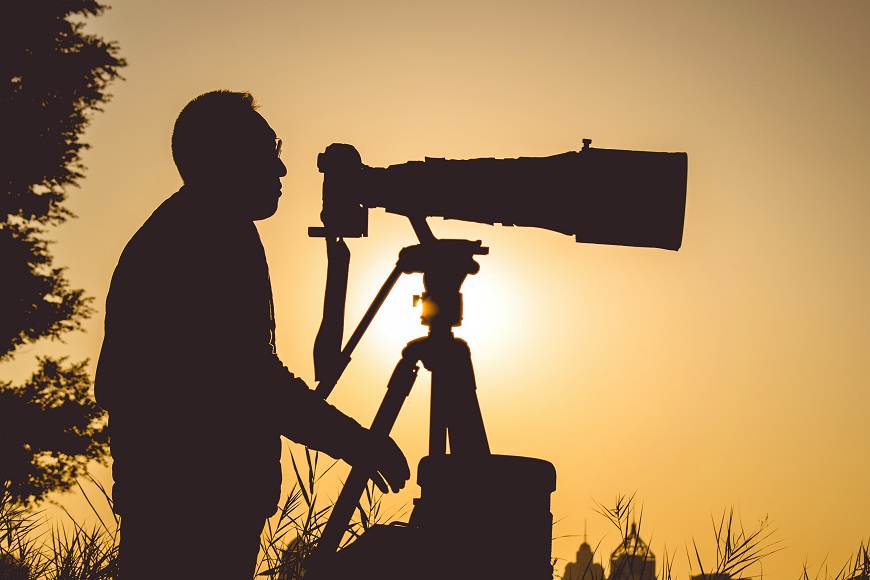
As noted above, a wide-angle lens, standard lens or a telephoto lens will work in an array of situations.
However, in situations where you’re farther away, like when you’re attending velodrome trials or BMX races, you’ll obviously want something that offers more, like a telephoto lens.
A telephoto lens has the added benefit of producing out-of-focus areas (much like a lens with a large aperture), which will be helpful in isolating the rider to keep them as the main focus.
With a wide-angle lens, you’ll need to be up close to the action – imagine the spectators at the Tour de France who are within touching distance of the cyclists.
As for standard lenses like 50mm, these are ideal for capturing portraits of riders since they give a natural perspective and don’t distort features.
2. Bring support
Keep in mind that photographing long, strenuous events can be equally exhausting for photographers.
For this reason, some kind of camera support is critical in case your body gets fatigued.
Tripods and monopods are both great choices depending on your needs and preferences.
A monopod is better when in crowds, where the 3 legs of a tripod could get in the way.
Monopods also help when panning photos – a fun technique that can highlight the speed of a cyclist.
3. Highlight facial expressions
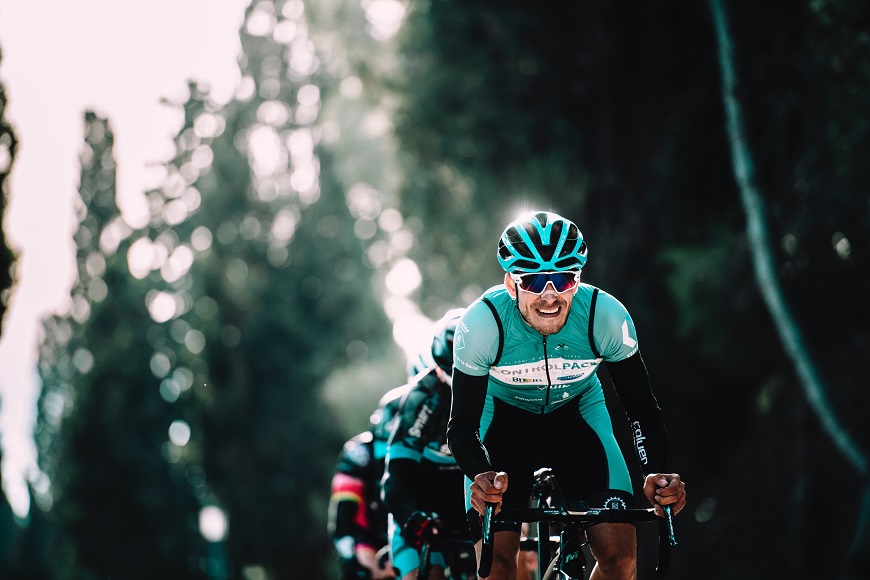
Another fairly obvious tip from sports photography that must be suggested: highlight the rider’s face.
Faces can do a lot of the heavy lifting with storytelling in photography.
The face of a determined rider can show everything from careful breathing and unwavering focus to a victorious or disappointed reaction.
The higher up the echelons of cycle racing you go, riders will typically only ‘show their cards’ in the final stages, where they really push themselves.
Hang around near the finish line, particularly on hills, and you’re likely to see some pain-ridden faces to photograph!
4. Add motion
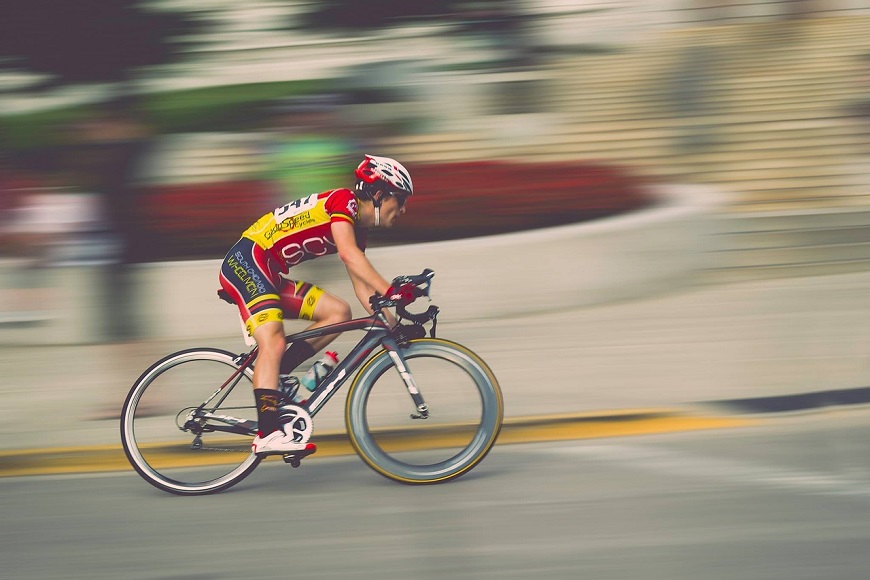
Cycling literally centers on motion, so why not ensure that’s reflected in your pictures?
You can try panning to bring motion to your photos, tracking and panning the rider while your shutter opens and closes.
Use a monopod, or experiment with keeping your elbows braced into your upper body, then ‘pan’ the camera at the same speed as the rider passes.
You’ll need to use a slow shutter speed, so on a sunny day, you’ll need to balance your exposure with the smaller aperture and low ISO.
Panning will provide that coveted balance of blur and focus, keeping the rider in focus and the background blurred.
5. Try continuous shooting mode
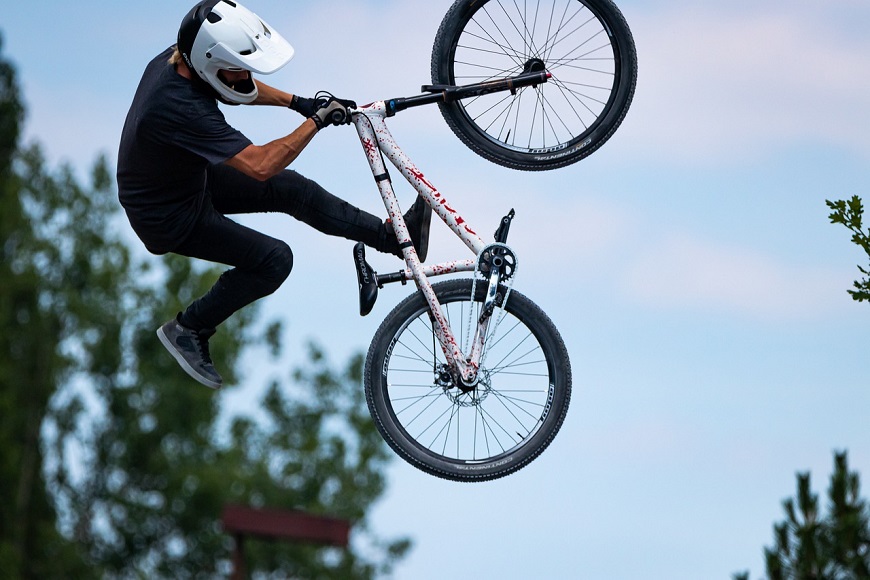
Continuous shooting mode is your best friend when it comes to quick, action-packed events like cycling.
This mode allows you to get several sharp in-action photos in a couple of seconds.
Make sure to invest in some fast memory cards that can keep up with your shooting.
In general, the more expensive the camera, the larger the ‘buffer’ – the speed at which the camera can clear the images before storing them to the memory card.
Usually, you can’t take photos when the camera is buffering, which may limit your ability to take pictures in continuous mode.
6. Focus on details
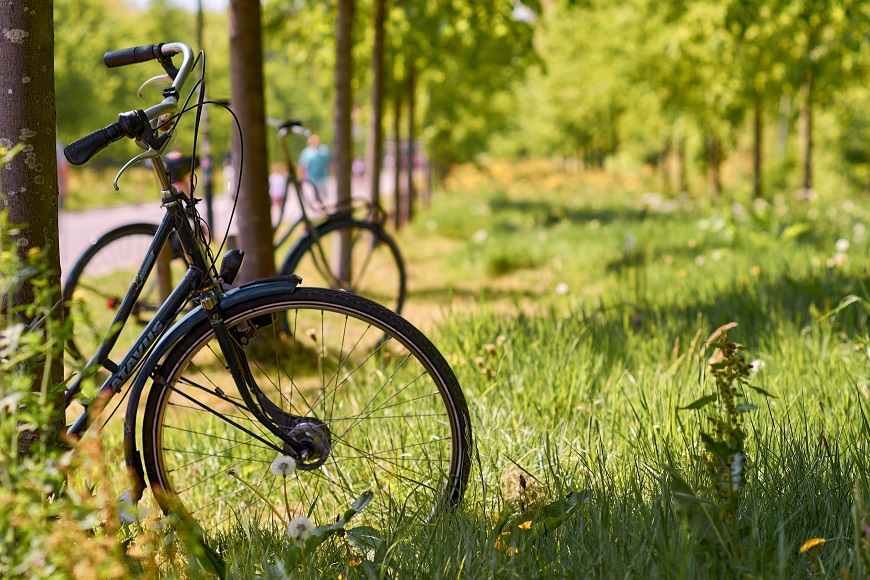
While facial expressions are my favorite part of cycling photography, there are definitely other things to consider spotlighting!
Take the wheels themselves, for example, which seem to kind of personify the bike.
Cyclists take tremendous pride in their bikes and often spend many thousands of dollars on components.
A good carbon wheelset can sometimes cost as much as the frame, so be sure to highlight some of these details with your sports photography.
7. Shoot the group
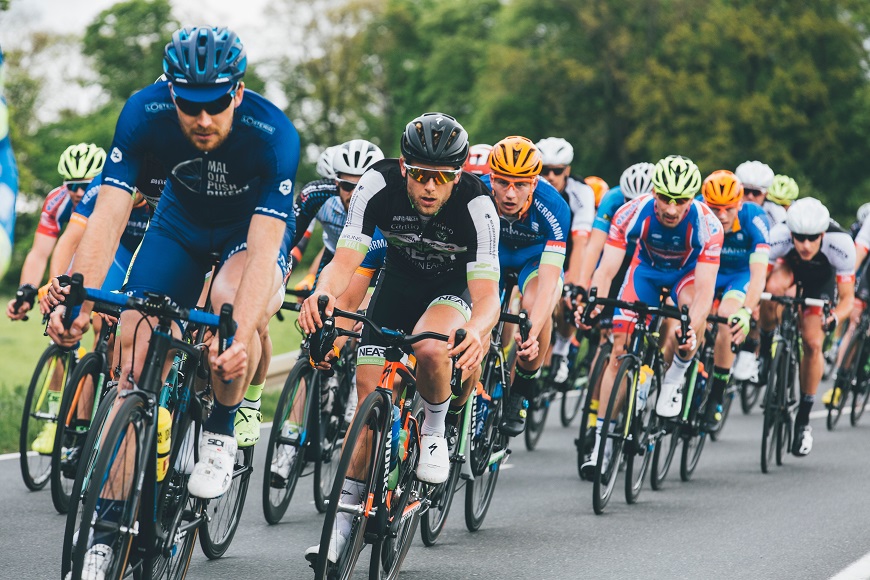
It may feel natural to focus on one particular rider, but when you focus on a group of cyclists, the impact can feel so much more powerful!
Just look at this shot above highlighting this strong, determined group of riders — it’s truly inspiring.
When focusing on the peloton, decide whether you want to keep the leaders in focus or more of the pack.
For the former, you need a wide aperture (like f/2.8 or f/4), and for the latter, experiment with f/10 or more, depending on the amount of light in the scene.
8. Capture a victory
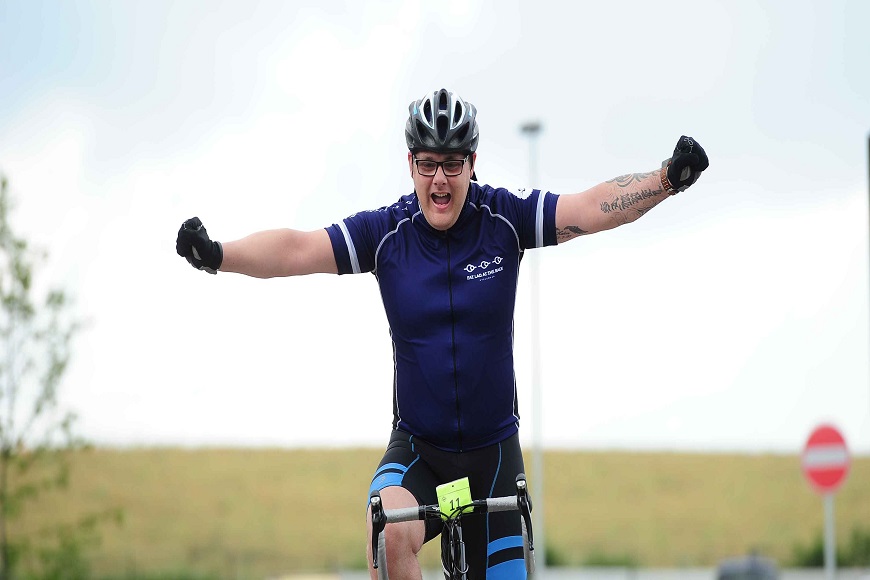
Whether you showcase a victory or a loss, you’ll end up with a stellar shot that tells a vivid story.
Take the shot above, which shows an elated cyclist feeling the fruits of his labor.
9. Get behind
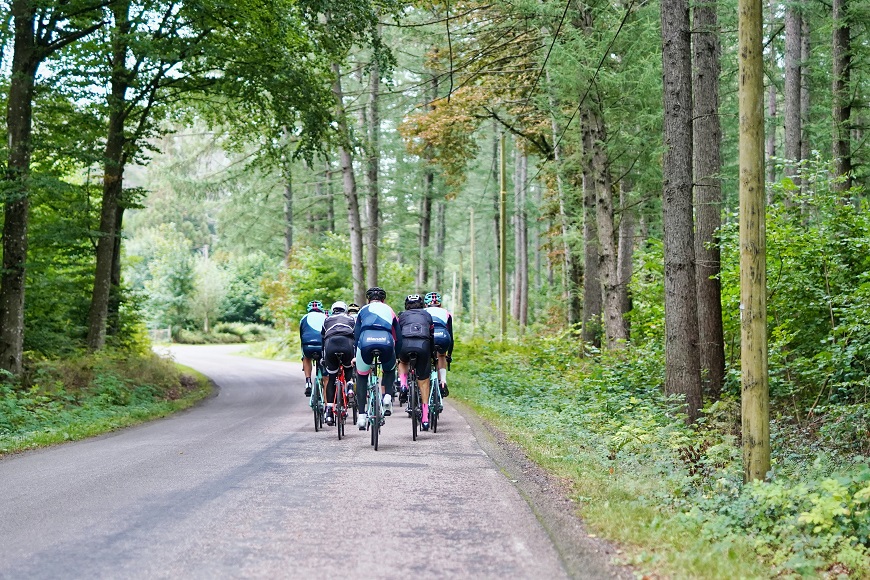
Plenty of cycle shots focus on the oncoming rider or group of cyclers, so why not mix it up?
Try shooting the group from behind as they ride into the horizon.
This will also allow you to capture the stunning scene around them.
10. Go off the track
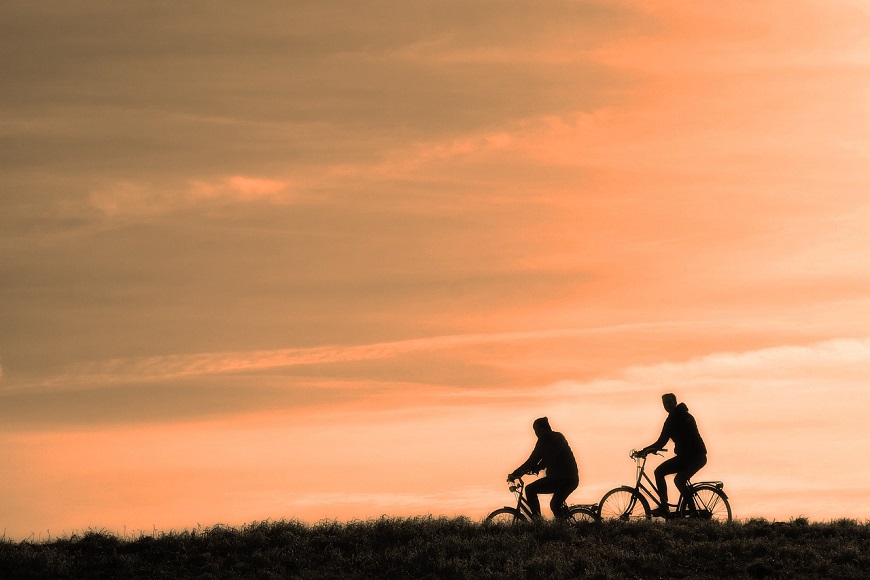
Cycling photography doesn’t have to be limited to the professionals.
Try taking some photos of everyday cycling enthusiasts on their bikes.
You’ll still have fun shooting unique shapes and motion.
Bonus points if you snag a shot in a beautiful location with a gorgeous sunset, as cycling photographer Mabel Amber does above!
11. Show women
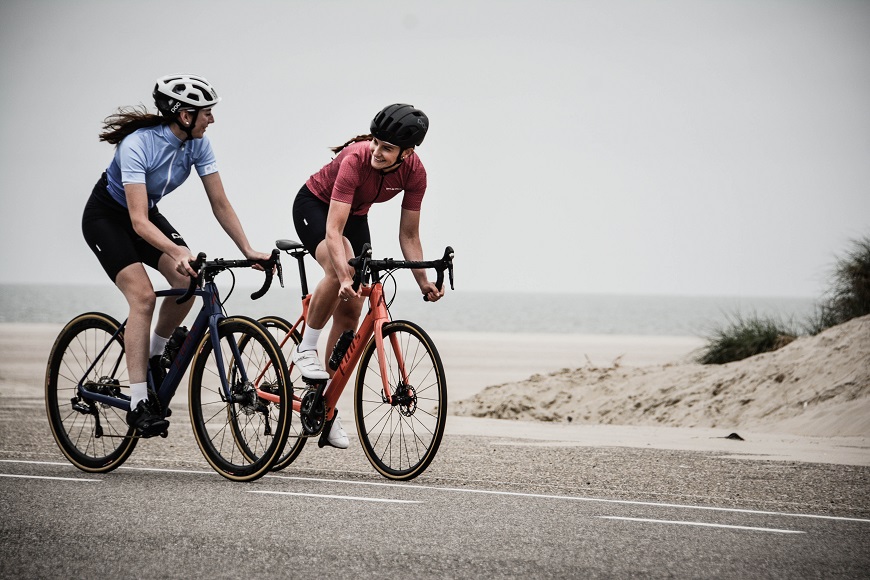
There are plenty of female cyclists out there today, but cycling is still considered a male-dominated sport.
For this reason, try to add some balance to a genre that tends to highlight professional male cyclers by focusing exclusively on female cyclers whenever possible.
What Are Some Good Cycling Photography Poses?
Capturing the essence of cycling in photography requires a mix of dynamic and static poses.
Here are some popular cycling photography poses to consider:
- The Classic Mount
- Cyclist straddling the bike, one foot on the ground, and the other on a pedal, looking forward or at the camera.
- In Action
- Capture the cyclist while they’re pedaling, preferably from a side angle to show the motion of the legs and the wheels.
- Overhead Shot
- Cyclist lying on the ground with the bike next to them, shot from directly above.
- The Look Back
- Cyclist riding forward but turning their head to look back at the camera.
- Hill Climb
- Cyclist pushing hard on an incline, emphasizing the effort and determination on their face.
- Victory Pose
- Cyclist with arms raised in a ‘V’ or fist-pumped to the sky, celebrating a personal achievement or win.
- Detail Focus
- Close-ups of the cyclist’s hands gripping the handlebars, feet on the pedals, or eyes focused intently on the road.
- Resting Moment
- Cyclist sitting or lying on the ground, resting against the bike, showcasing a moment of relaxation or contemplation.
- Silhouette
- Capture the cyclist’s silhouette during sunset, emphasizing the shape and form against a colorful sky.
- Through the Frame
- Shooting through the bike’s frame, focusing on the cyclist, creating depth and a unique perspective.
- Tunnel Vision
- Cyclist riding through a tunnel or a canopy of trees, emphasizing the light at the end or the shadows and contrasts.
- Gear Up
- Cyclist adjusting their helmet, gloves, or other gear, highlighting the preparation aspect of the ride.
- Over the Shoulder
- A close-up of the cyclist’s face, looking over their shoulder, capturing the intensity or emotion in their eyes.
- Reflection Shot
- Using puddles or other reflective surfaces to capture the cyclist’s image adding a creative twist.
- Group Dynamics
- If photographing a group, capture them riding in a formation, chatting during a break, or helping each other with gear.
7 Famous Cycling Photographers You Should Follow

Images by Jered Gruber
Here are some renowned cycling photographers whose work you should explore to get some inspiration for your own cycling photography:
- Graham Watson
- Jered Gruber
- Ashley Gruber
- Kristof Ramon
- Emily Maye
- Marshall Kappel
- Tino Pohlmann
Cycling Photos FAQs
How do I get sharp, clear photos when shooting cycling photography?
Continuous shooting mode! Use this mode while holding down your shutter button to get several action-packed photos in just a few seconds.
Is it better to shoot in Shutter Priority or Manual mode when doing cycling photography?
This can vary by preference, but I prefer Shutter Priority. With this option, you simply set your ideal shutter speed, and your camera responds with the appropriate adjustment in ISO and aperture. This is particularly useful for freezing rapid movements.
Who is the best cycling photographer?
That’s a tough one! I’d argue that London photographer Graham Watson is the best cycling photographer with a website full of gorgeous cycling shots that speak for themselves.





